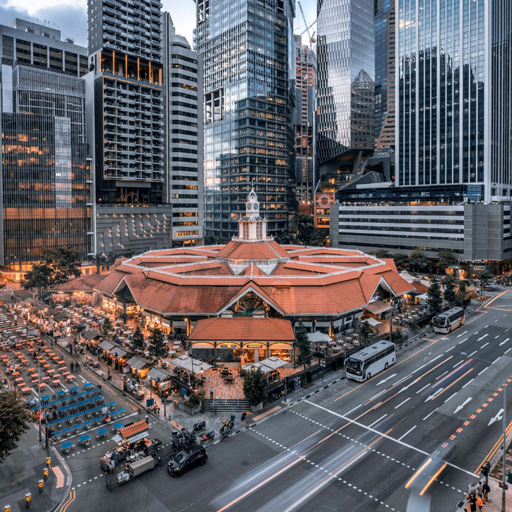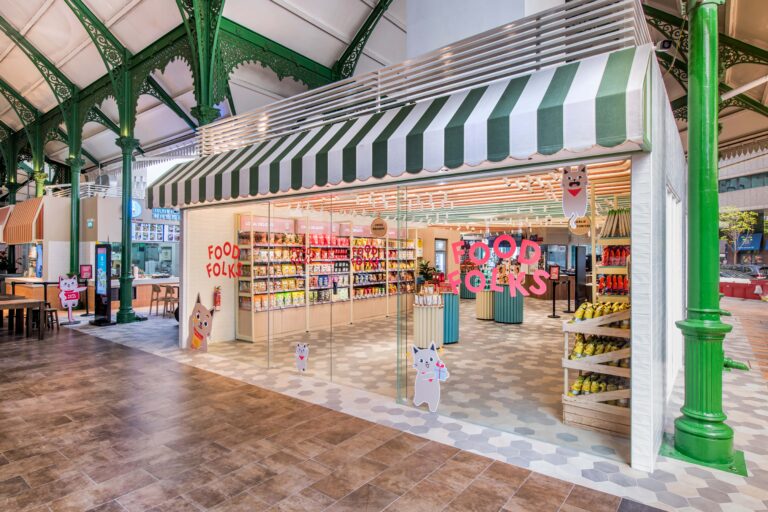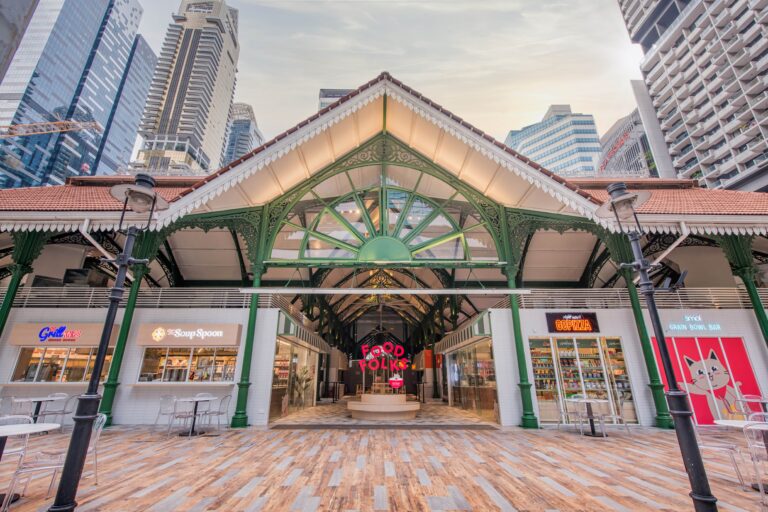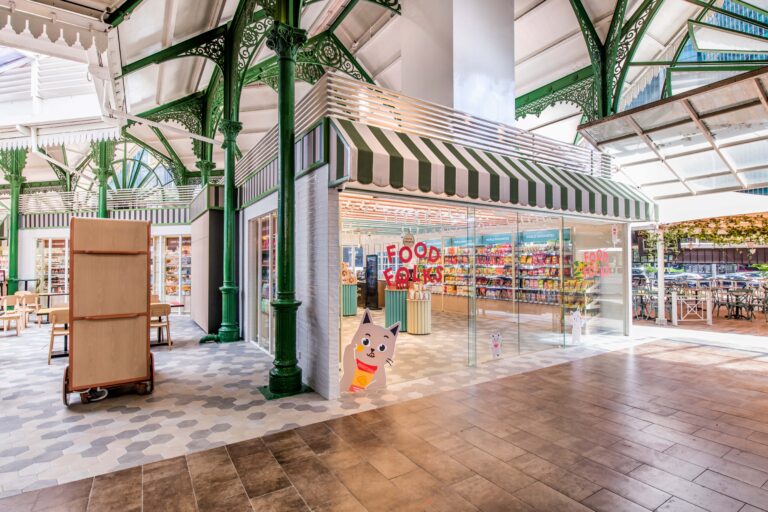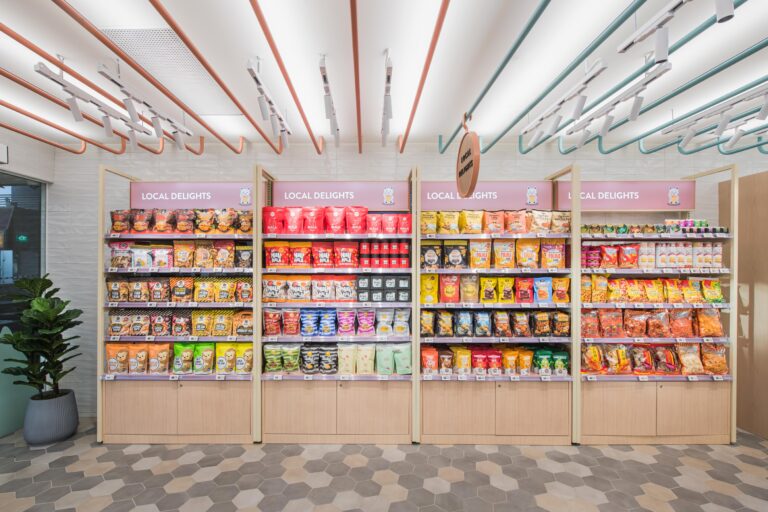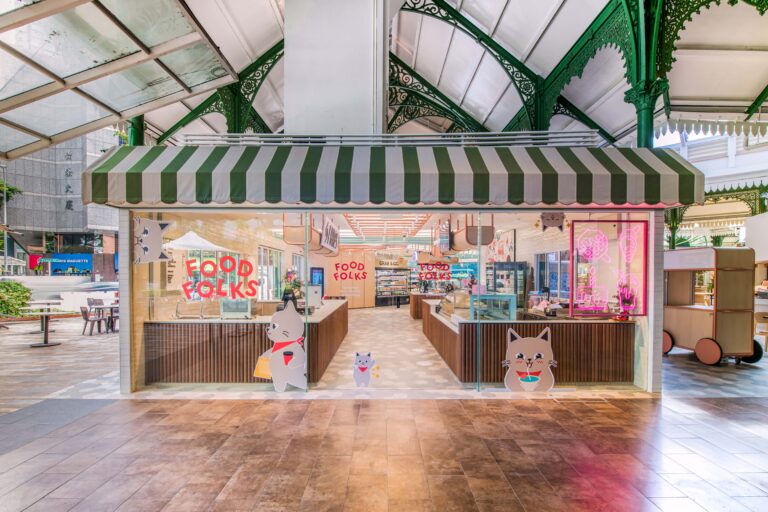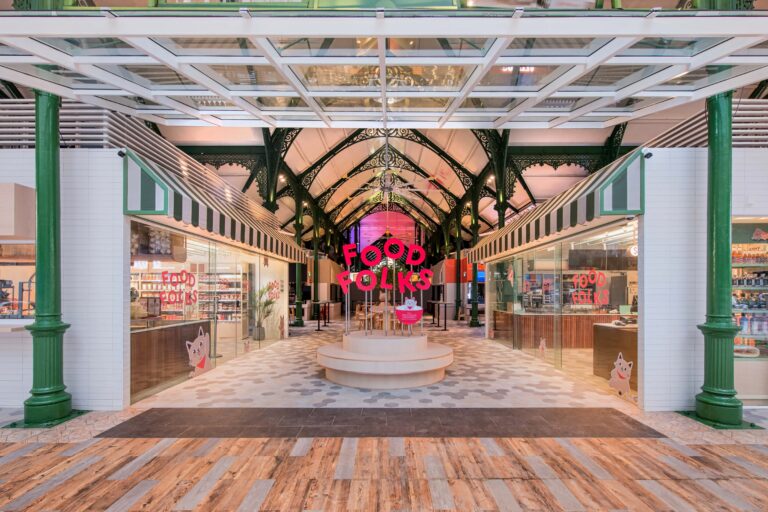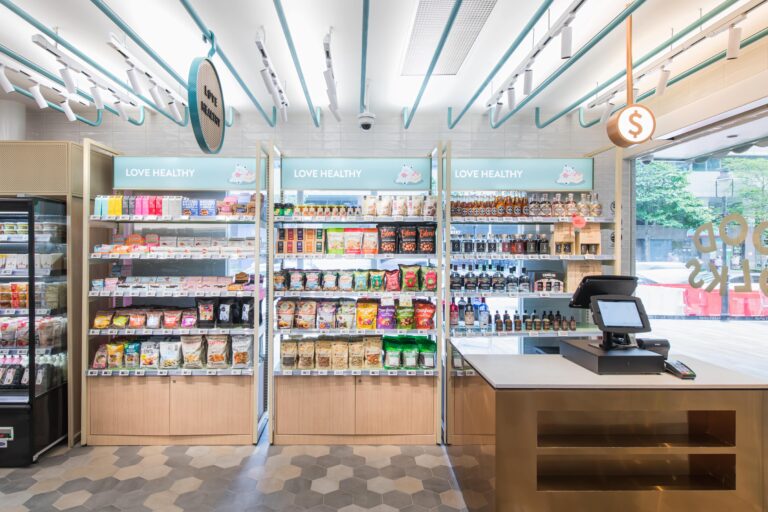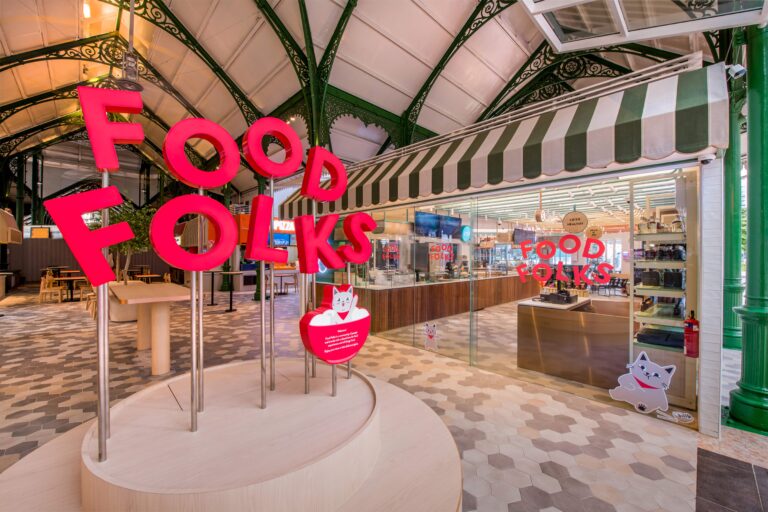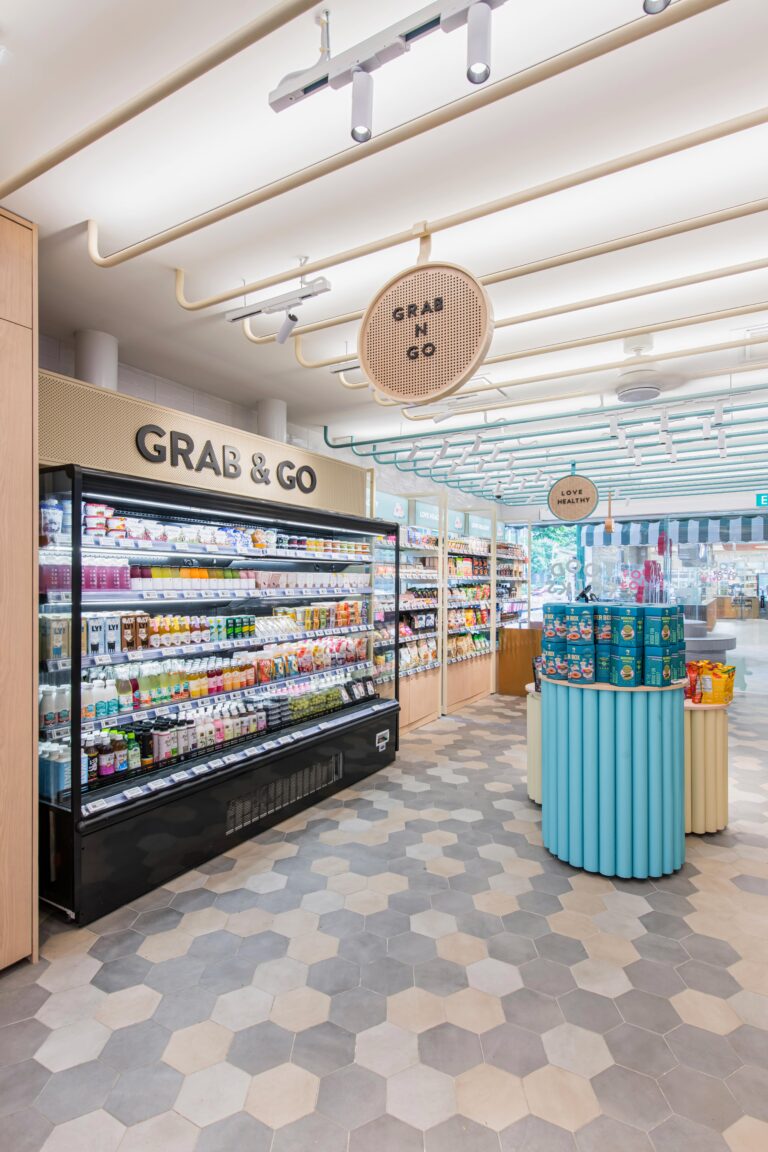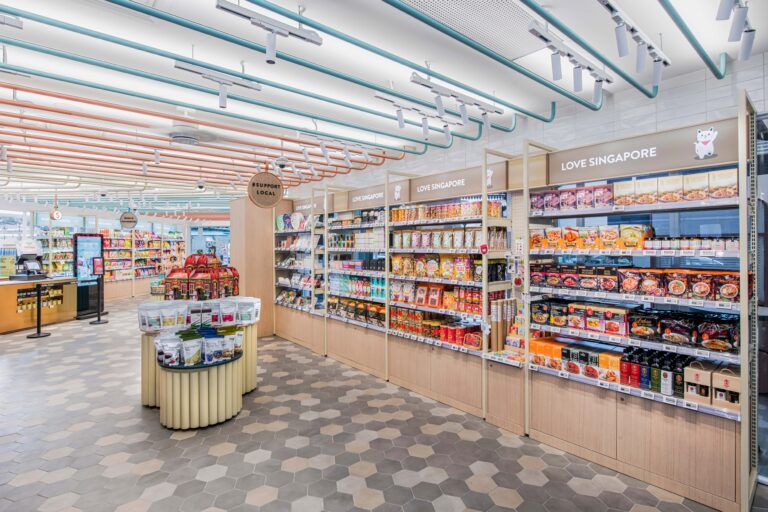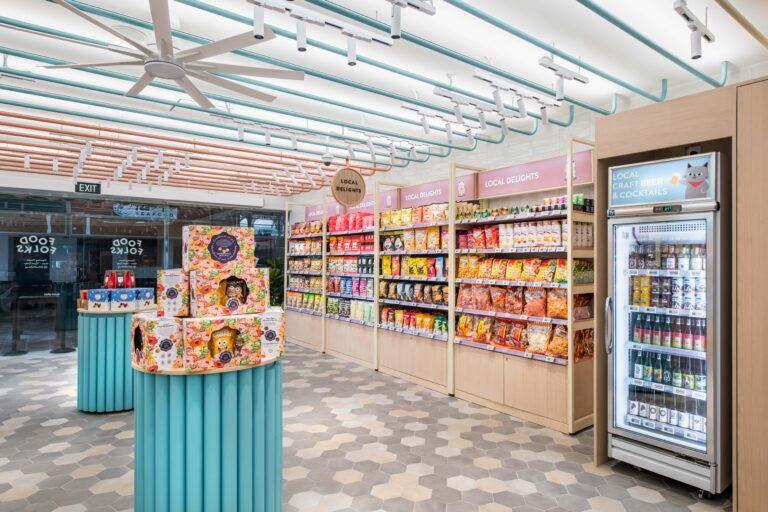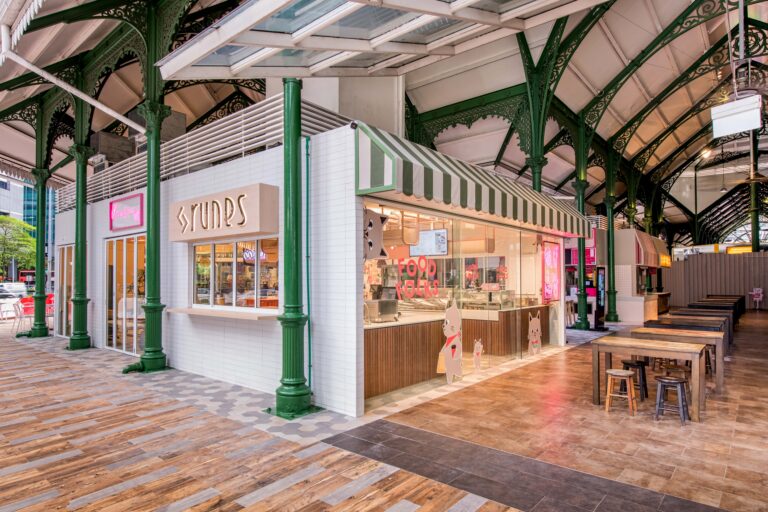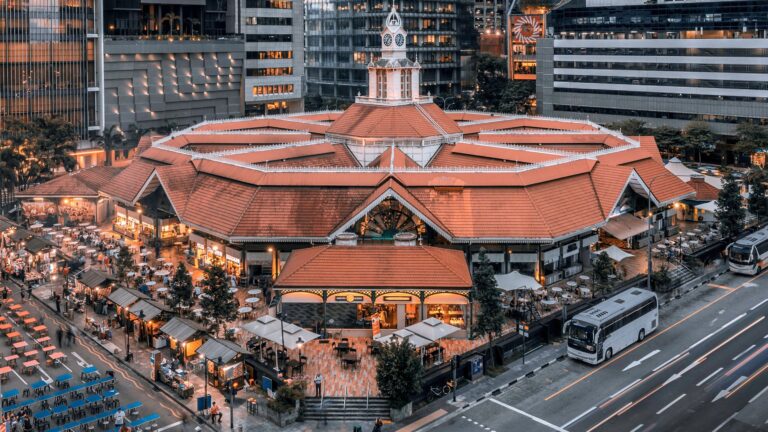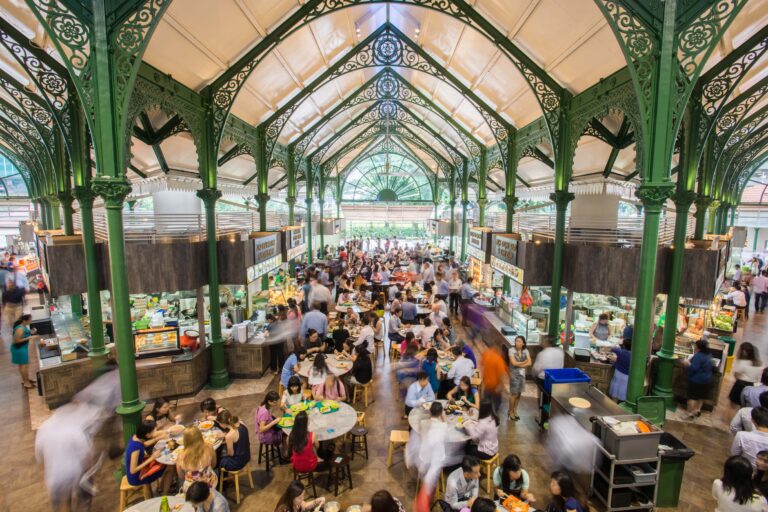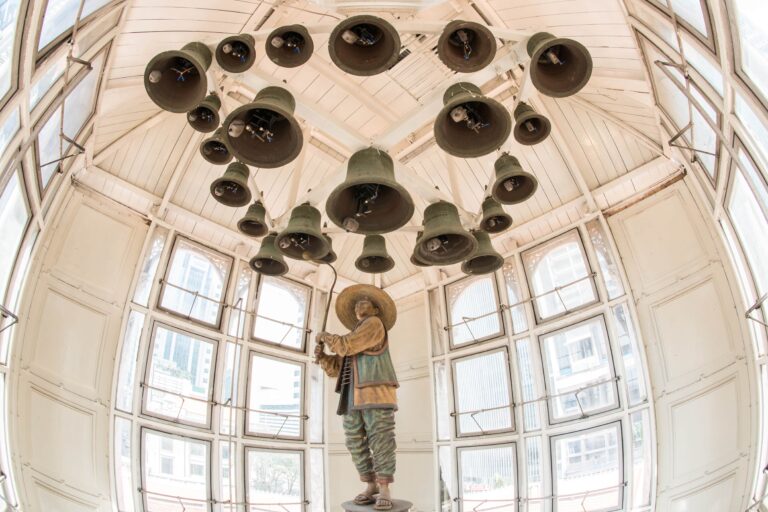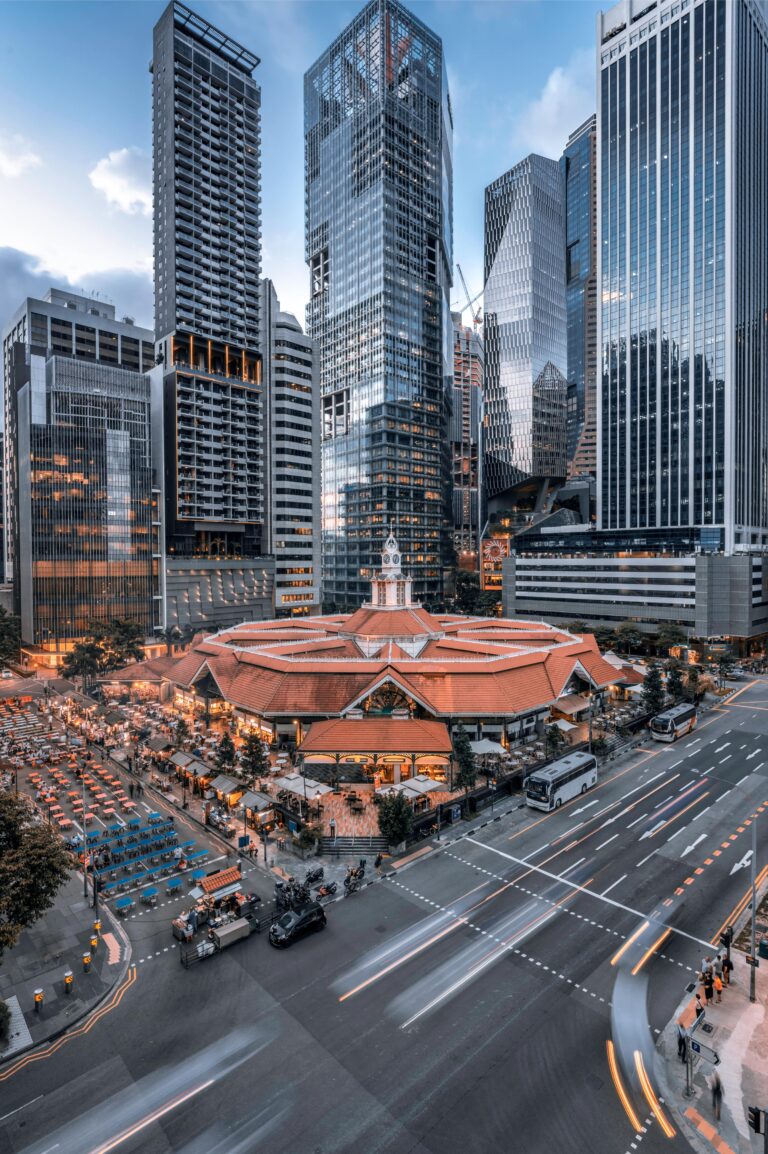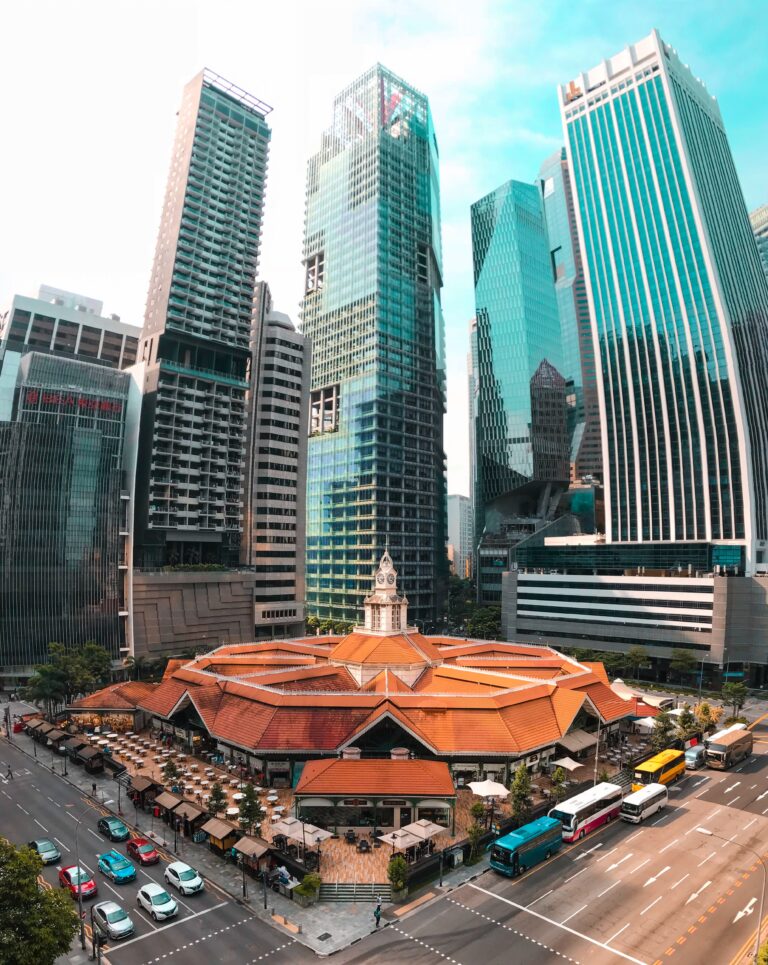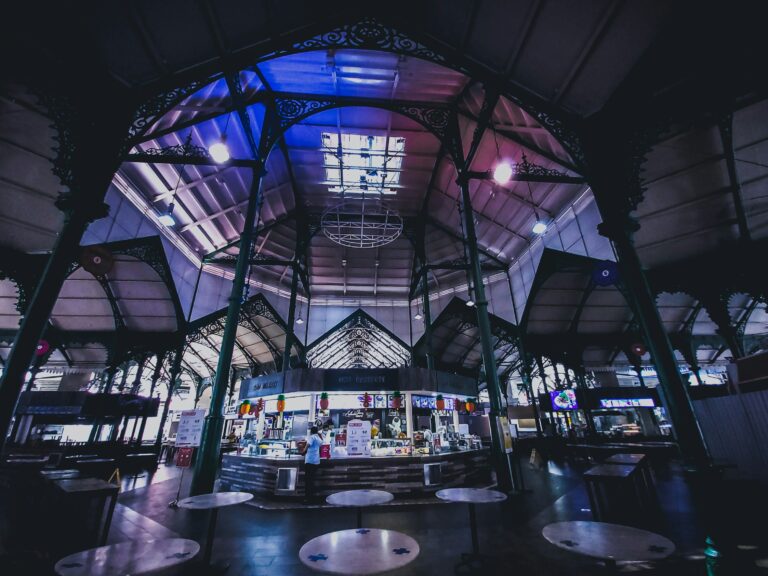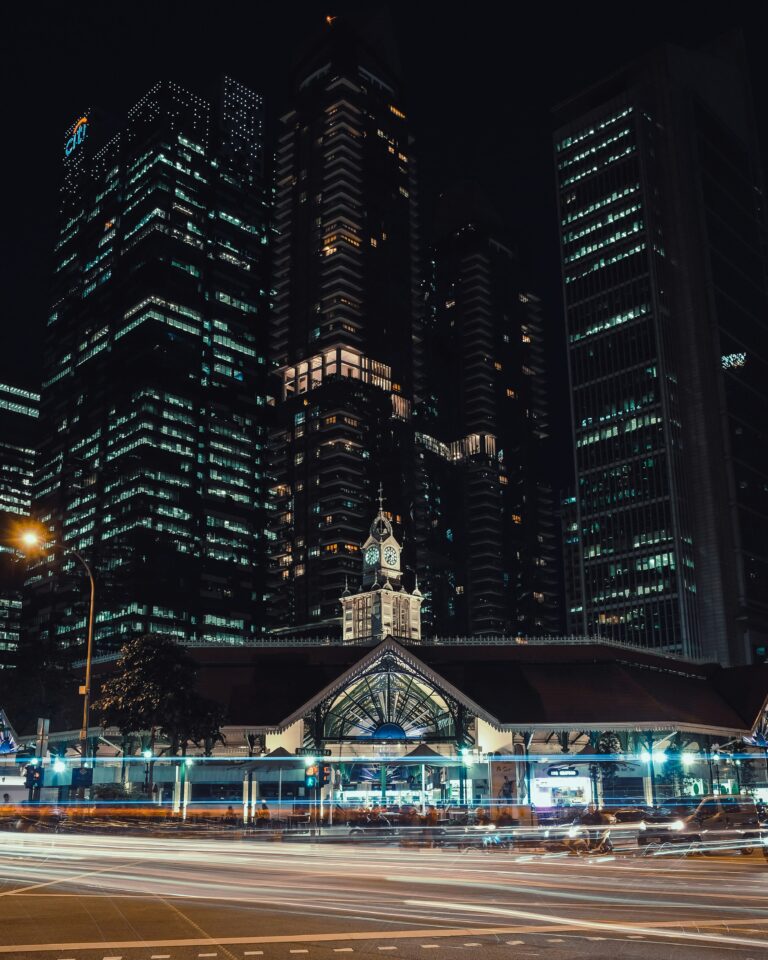From shoreline to skyline
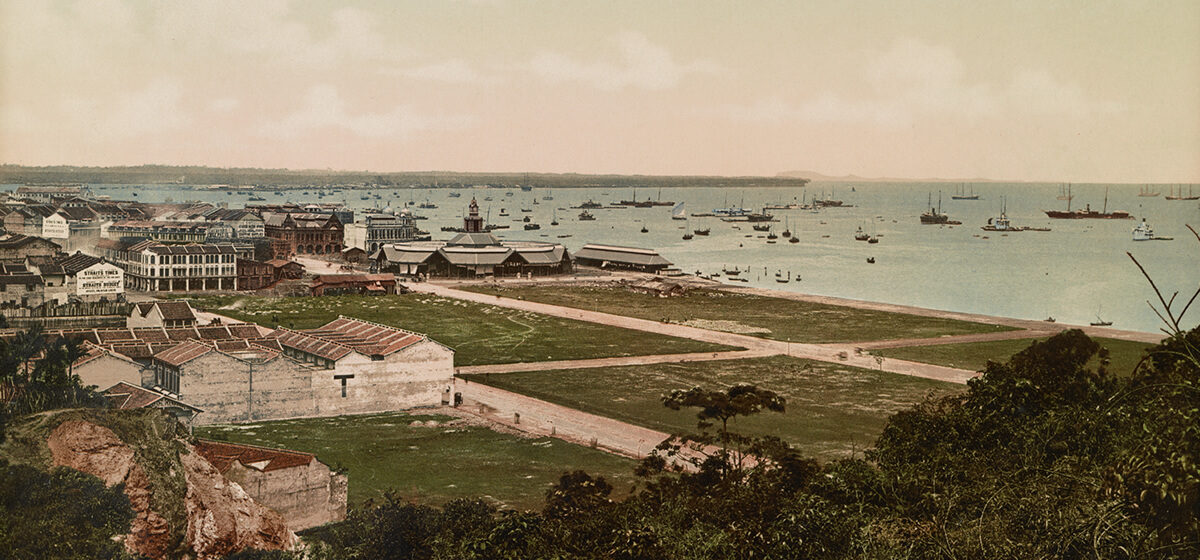
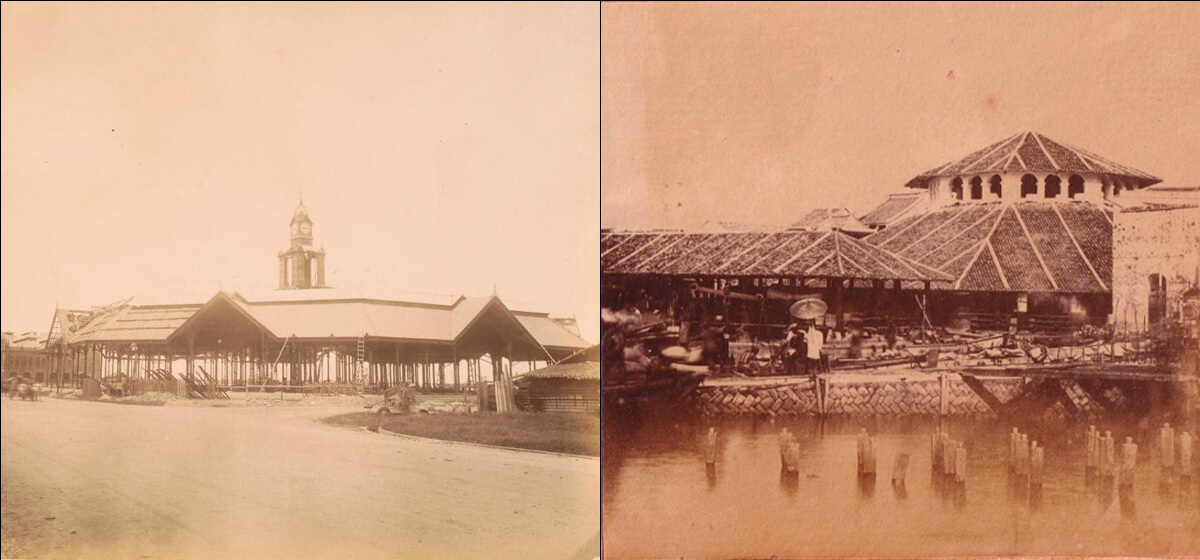

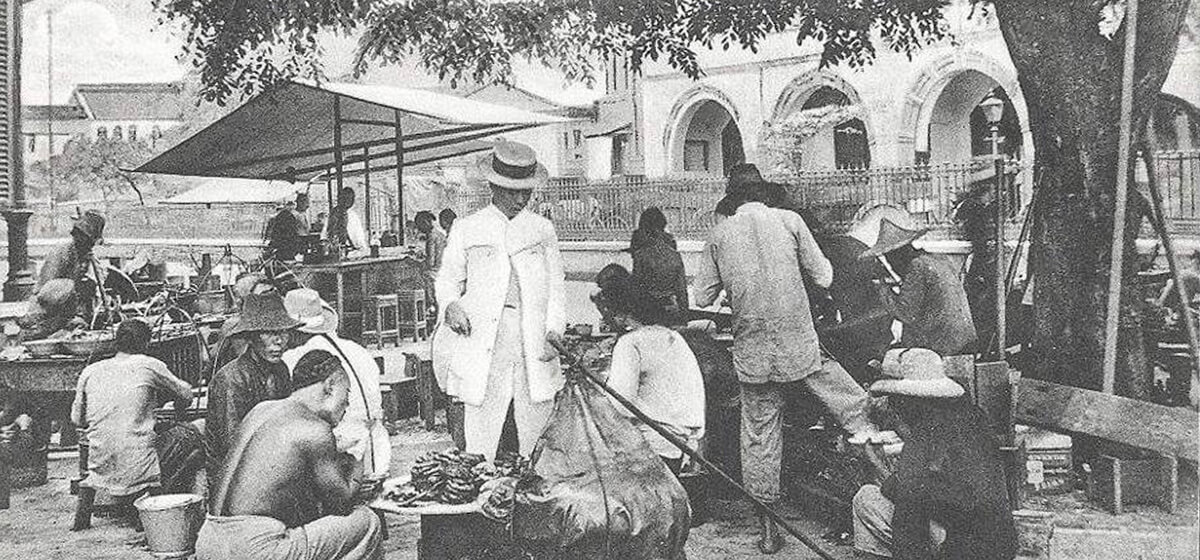
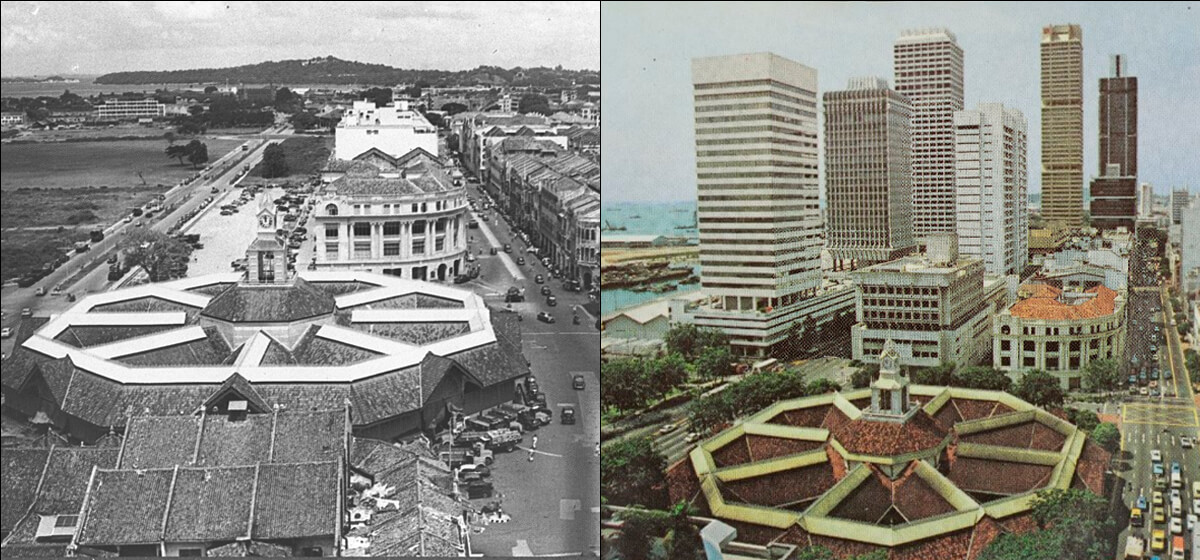
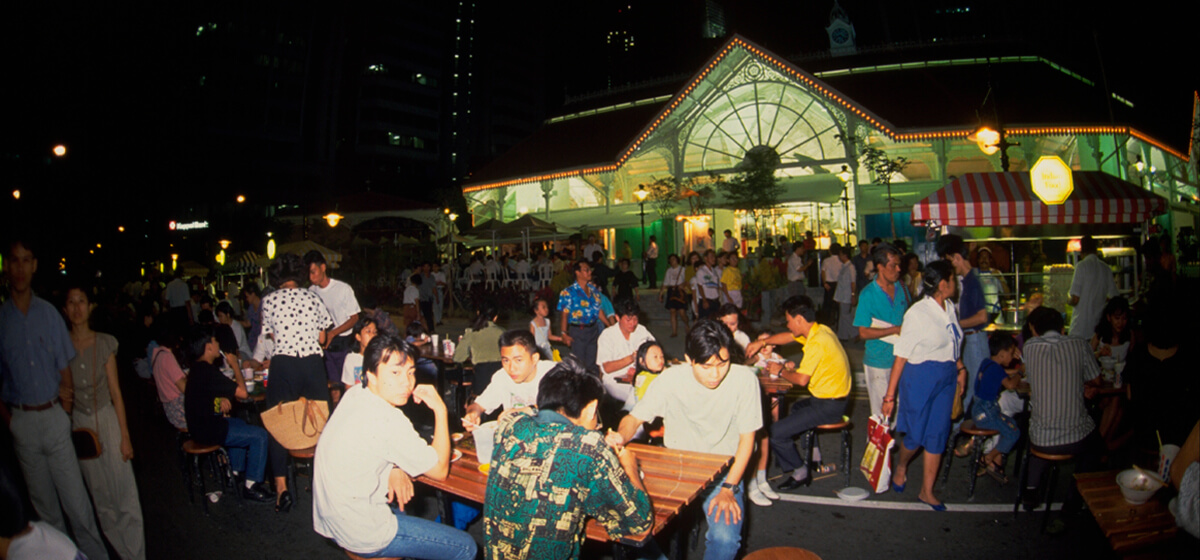

Our Heritage

1880s to 1890s

1897

1890

1950s to 1970s

1990s
Our Heritage
Affectionately known as Lau Pa Sat (老巴刹, 'Old Market') by generations of Singaporeans, the Former Telok Ayer Market was one of Singapore's oldest markets. Witness the market's transformation that take you back in time to Lau Pa Sat's captivating past.
A Market by the Sea
The Lau Pa Sat we know today is part of an illustrious lineage of ‘Telok Ayer Markets’, with three significant versions built in total.
Constructed in timber and attap as Singapore’s first ever market in 1824, Telok Ayer Market’s connection to the sea was crucial, to allow fishermen to directly bring in the catch of the day. This first version was later replaced by a sturdier concrete octagonal one. It was during this period that the market gained its iconic name, "Old Market" or "Lau Pa Sat," as a newer market called Ellenborough Market joined the scene.
In 1894, the monumental cast iron rendition of the Telok Ayer Market that we see today was completed at the edge of the newly reclaimed Raffles Quay. It has remained here ever since and is now Singapore's oldest market structure.
Despite further land reclamation, Lau Pa Sat continues to stand prominently in the heart of the city. It has gracefully adapted to the high-rise surroundings, no longer reliant on its proximity to the waterfront.
From Shoreline to Skyline
Affectionately known as Lau Pa Sat (老巴刹, 'Old Market') by generations of Singaporeans, the Former Telok Ayer Market was one of Singapore's oldest markets. Witness the market's transformation that take you back in time to Lau Pa Sat's captivating past.
Life in Lau Pa Sat
Lunch time in Telok Ayer wet market was a feast for the senses. It would be filled with the clamour of bargaining, the odour of fresh sea produce, the aroma of stir-frying, all amidst sweltering humidity. It was one of the rare few places in the city centre that one could go for affordable produce and convenient meals.
Being a stall owner was no easy feat: the hours were long, and the work was exhausting. Despite these challenges, the stall owners perservered, for the sake of their future generations. For most, the market had also become their second home.
Old Market, New Life
Amidst the rising tide of concrete and steel high-rises, the old Telok Ayer Market stands defiantly. After the urban renewal and hawker resettlement schemes in the late 1960s, the humble Telok Ayer wet market underwent conversion into a Hawker Centre to serve the office lunch crowds of the new Central Business District.
The closure of the wet market after nearly a century of continuous use also marked a new chapter in its history. To recognise its longevity and architectural distinction, Telok Ayer Marker was gazetted as a National Monument in July 1973, part of the pioneer batch of monuments.
As the oldest building standing on this strip of land, Lau Pa Sat stands today as a graceful symbol of resilience and continuity.
From Streets to Stalls
Singapore's hawker culture originated from our immigrant forefathers. They brought along a wide range of culinary specialties from their homelands.
The hawker population was soaring by the 1960s. In response, the Government conducted an island-wide registration and re-organised them in purpose-built structures now known as 'Hawker Centres'. Today, hawker centres are an integral part of Singapore's urban and social landscape, serving the needs of diverse communities.
Lau Pa Sat offers one of the only places in Singapore to still experience fully open-air street hawking today. Started in 1996 along Boon Tat Street, Lau Pa Sat offers Singapore’s largest open-air 'Satay Street', continuing this time-honoured tradition of savouring juicy grilled meat skewers under the stars.
Lau pa sat heritage trail
A Journey Through Time & Flavours
Journey through time with the Lau Pa Sat Heritage Trail. Immerse in the rich tapestry of Singapore’s hawker culture and uncover Lau Pa Sat’s pivotal role in preserving our intangible world heritage. Travel back in time and witness the metamorphosis of Lau Pa Sat from a humble wet market to the vibrant hawker haven that stands as a testament to time and tradition.

